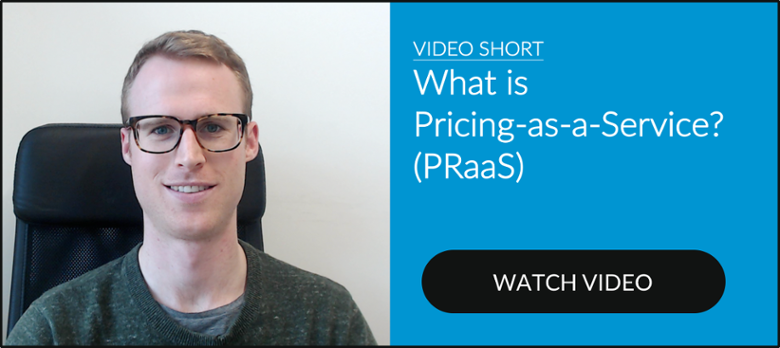If your end of year results turn out to be poorer than expected, is this always the time to change your pricing strategy?
Obviously the worse the results, the more there will be clamouring from within and your shareholders to change either the business strategy or pricing strategy in order to stem the decline.
Of course, this might be the right action in many cases but sometimes the poor results are because of poor implementation of the strategies, not the strategies themselves. Perhaps it's time now to focus on improving the implementation and not throwing the baby out with the bathwater.
Most of us saw the passenger being dragged off a United Airlines flight recently. He was removed due to a common, worldwide airline practise of overbooking flights. United Airlines did offer compensation/incentives to passengers to change their flight but the man refused to accept the offered alternatives and was forcibly removed from the plane.
This was very bad publicity for the airline and predictably there have been calls for airlines to change their overbooking strategy - and even calls to change aviation law in cases such as this. However, the reality is that overbooking helps keep fares lower than they would otherwise be - and if overbooking was outlawed, would the flying public really be ready to accept higher costs for a seat on a plane without protest?
Over the years the airlines have done an excellent job learning how their customers behave and adapting their business strategies accordingly. It's a well-known fact that on almost every flight there is a small percentage of customers who don't arrive for the flight.
If a plane flies with empty seats then it makes little or no profit. That is why airlines overbook in an attempt to always have a full plane load. When they do not overbook they have to raise prices to offset the lost revenue from empty seats.
If the airline is practising overbooking and too many passengers arrive for a flight, they offer an incentive to any customers willing to take a later flight. If insufficient passengers accept the offer, the airline has to increase the incentive until enough passengers accept.
In the case of United Airlines their error was poor implementation: firstly, they put a cap on the incentives offered to passengers and secondly they didn't use the timing principles of their revenue optimisation models.
All the airlines have statistics on the number of no-shows and the acceptance rates of incentives to take later flights. They fully realise that acceptance rates are more negatively affected if the next available flight is not on the same day.
They know that they will have to offer bigger incentives in this scenario - and sometimes these will be very large incentives. United's mistake was setting a cap on the incentive offered and insufficient passengers accepting their offer. If they had continued to increase the offer they would have eventually reached a point of equilibrium.
Obviously, this would have been extremely expensive for United but they could have then updated their revenue optimisation models to account for such situations in the future. It would also have avoided the very bad publicity that ensued.
The second fundamental error was not paying attention to timing. Their studies of customer behaviour would have shown them that a passenger's price sensitivity changes as they get closer to their departure date.
As the probability of the plane selling out increases, fares increase accordingly. United would have done better to have applied this principle to the overbooking and appreciated that their incentives would have to go up substantially. As we remember from the unfortunate videos, the passenger was already in his seat and it should never have got this far.
The focus of this blog is United and airline overbooking, but the same points could apply to many industries. Sometimes the results are due to a poor business or pricing strategy but more often it is simply poor implementation.
Evaluate Your Pricing Strategy
When you experience poor results, by all
Related Posts
What Are the Most Popular Pricing Strategies by Industry Sector?
10 Pricing Strategies to Increase Your Profits
9 Signs You Need to Review Your Pricing Strategy
Sources
http://info.stratpricing.com/blog/poor-implementation-does-not-mean-your-strategy-is-wrong, Scott Francis, April 2017
http://www.netmba.com/marketing/pricing/
http://smallbusiness.chron.com/definition-pricing-strategy-4686.html
Marketing: Concepts and Strategies, Lyndon Simkin and Sally Dibb, 2016
The Strategy and Tactics of Pricing, Tom Nagle and John Hogan, 2016
Pricing: The Third Business Skill: Principles of Price Management, Ernst-Jan
The Art of Pricing: How to Find the Hidden Profits to Grow Your Business, Rafi Mohammed, 2005



